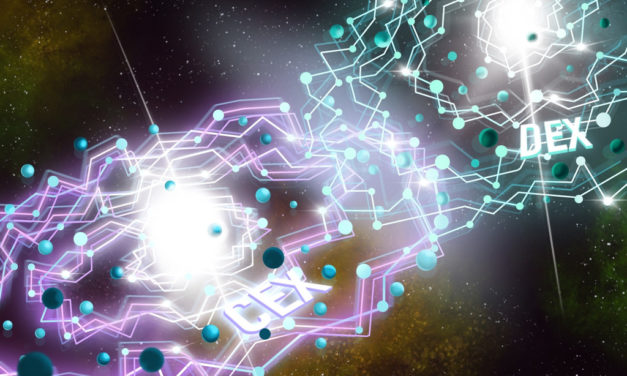Why cross-chain interoperability matters for DeFi
The modern DEX is designed to take advantage of the benefits of both CEX and DEXs by leveraging innovative technologies to enable more efficient transactions. Since limitations are presented for both the modern CEX and DEX, many propose that for widespread asset adoption, a non-custodial platform that supports assets across many networks is needed. In theory, this experience would enable users to control their funds at all times without giving up the flexibility of a promising user experience. Polkadex has proposed this next exchange iteration as a decentralized peer-to-peer order book-based cryptocurrency exchange. The project aims to become the trading engine of Web3 by combining the advantages of CEXs and DEXs while eliminating the disadvantages of both. To achieve this, Polkadex has tailored a solution based on cutting-edge trusted execution environment technology. This solution allows Polkadex to take custody out of the equation for exchange operators, therefore creating a non-custodial exchange that performs just as fast as, if not faster, than centralized exchanges. Much like centralized exchanges, Polkadex aims to support assets from across chains, albeit in a decentralized manner. For this purpose, Polkadex is not only developing THEA, a decentralized liquidity bridge that will first connect Ethereum (and other chains later on) to Polkadex, but it also recently won a Polkadot parachain slot which will allow it to connect to the wider Polkadot ecosystem. Thanks to a community-driven campaign, Polkadex secured a win in auction 16 with a batch 3 record of 973,000 DOT loaned to its crowd loan. As a Substrate-based parachain, Polkadex will support assets from the whole Polkadot ecosystem, including its fellow parachains, while thanks to THEA, Polkadex will support assets from Ethereum first and other popular networks at a later date. This combination of interoperability layers will unite Ethereum, Polkadot, and, later, other blockchains under one decentralized trading roof. By leveraging a model combining a layer-2 trusted execution environment, a parachain, and a cutting-edge decentralized liquidity bridge, Polkadex is making it possible to exchange assets from different blockchains while guaranteeing users themselves retain their own funds and smart contract keys. The exchange further provides supplementary offerings, including PolkaIDO, a fully decentralized and on-chain IDO launchpad, which will be seamlessly integrated with Polkadex Orderbook, Parachains and THEAs cross-chain bridges. Disclaimer. Cointelegraph does not endorse any content or product on this page. While we aim at providing you with all important information that we could obtain, readers should do their own research before taking any actions related to the company and carry full responsibility for their decisions, nor can this article be considered as investment advice.
Čítaj viac






